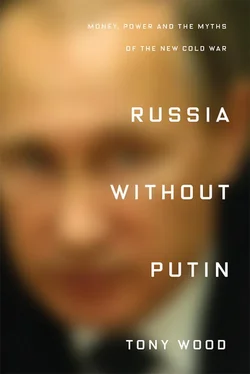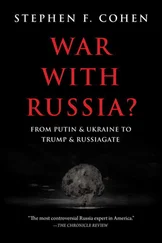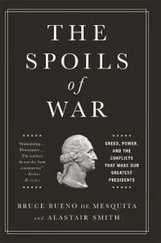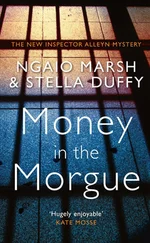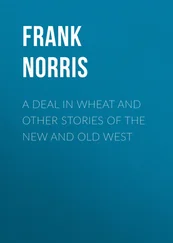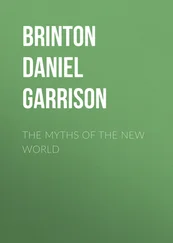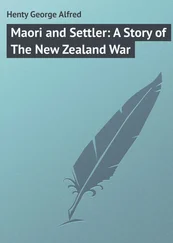The tremendous disparity in power and resources between Russia and the West translates directly into their uneven military capacities. Russia is currently the world’s second-largest exporter of weapons, and still has one of the largest armies in the world in terms of personnel, though many of the troops are teenage conscripts. Yet in 2015, for example, Russia devoted about a tenth as much money to its armed forces in absolute terms as the US did, and only slightly more than the UK; in per capita terms, it spent somewhat less than Germany or Greece. All told, its 2015 military budget came to around 8 per cent of the total for NATO as a whole, almost 70 per cent of which was spent by the US alone. {8} 8 Figures from SIPRI database; 2015 is the last year for which full data was available for comparison.
What enables Moscow to pose a military threat to its neighbours at present is not so much the scale or strength of its armies as its readiness to use force quickly and decisively. But this is more a trap than an advantage, a short-term tactical manoeuvre that has significant strategic downsides in the long term. The possibility that Moscow will use force against them has already driven Russia’s neighbours further into NATO’s embrace, and propelled a new round of the arms race for which Russia is still more poorly equipped than in Soviet times. [16] Part of the reason for this is phenomenal corruption in military procurement, which makes Russian weapons systems among the most expensive on the planet.
Russia’s intermediate status is to some extent a residue of the USSR’s role as the core of what used to be called the Second World, and of Moscow’s decades-long effort to construct a systemic alternative to the capitalist West. The possibility of Russia leading such a challenge today seems remote: it lacks both the will and the means to reconstitute anything like the USSR, and has little desire to impose its ideology, its political system or its economic model on states further afield. For all the concern about the tentacular spread of Putin’s influence, its actual capacity to shape political outcomes has proved negligible to non-existent – the 2016 US elections very much included. The Kremlin does indeed seek to convert whatever leverage it possesses into concrete advantages, and this can involve all kinds of tactics, from discreet negotiations to loud threats to covert meddling. But the resources at Russia’s disposal are fewer than in 1917 or 1945, and the forces likely to oppose it are far stronger.
But what does Russia want? The question of what kind of power it will be in future – whether it wants to reconstitute the USSR in new ‘Eurasian’ packaging or not, whether it sees itself as fundamentally opposed to the West or merely distinct from it – cannot be separated from the environment in which it will have to operate. At present, the interstate order is dominated by a single power, the US, which retains a massive military advantage over all other powers; despite the phenomenal rise of China, the US also remains the nerve centre of the global economy, its currency and government bonds the world’s default repositories of value.
Over the past decade, however, the idea of a coming ‘multipolar’ or ‘polycentric’ international order has become widespread among many international-relations theorists, as they try to discern what kind of world might emerge after the ‘unipolar’ moment of US dominance has passed. {9} 9 See for example Charles Kupchan, No One’s World: The West, the Rising Rest, and the Coming Global Turn , New York 2012.
The idea has long been popular in Moscow, and over time has been built into the thinking of Kremlin strategists. First mooted under Primakov in the mid-1990s, it remained a wishful fiction for the rest of that decade. But Washington’s expanding aggressions after 9/11 were read as early signs of trouble for the single superpower. The deepening disaster of Western interventions in the Middle East since then, and Russia’s apparent ability to alter the course of the conflict in Syria in 2015–16, were similarly seen in Moscow as further portents of US decline.
It does seem reasonable to assume that US hegemony will eventually come to an end, just as the Pax Britannica did before it, and it makes sense to debate what kind of world order will follow. Will China slide smoothly into the role of next global hegemon? Are we headed for an anarchic system in which no single power takes the place of the US? Or will the world to come do away with the dominance of states altogether, replacing that pattern with a world-market society? {10} 10 On the idea of a world-market society, see Giovanni Arrighi, Adam Smith in Beijing: Lineages of the Twenty-First Century , London and New York 2007, pp. 7–8.
These alternative scenarios would have very different consequences, for Russia as for everyone else. From Moscow’s perspective, a Chinese-dominated world would be unlike the US-dominated order in one especially crucial respect: Russia would now share an extensive land border with the single superpower. If the PRC became the US of the twenty-first century, would Russia become its Mexico – economically integrated with and strategically subordinated to the giant next door? The world-market scenario poses a different kind of threat: a dilution or even dissolution of state sovereignty that might produce all kinds of socio-economic or even territorial fragmentation, turning existing nation-states into little more than cartographic fictions.
In an anarchic world system, meanwhile, the dilemmas presented by China’s gravitational pull would also apply, but Russia’s strategic options would be more varied – as would the dangers it would potentially confront. In theory, it could act as a kind of ‘swing power’, aligning with Washington, Beijing or another state to tilt the scales against any given opponent. By forming such alliances, it could carry out its own version of nineteenth-century great-power balancing. Or might it function as a kind of global buffer zone between China and the West, its strategic weight deriving from abstention from the great-power conflicts ahead? Either way, this would turn inside out Mackinder’s 1904 description of ‘Euro-Asia’ as the ‘geographical pivot of history’: there, Russia was pivotal by virtue of being the ‘heartland’ of decisive historical events – the zone whose fate, from the Mongols to the Romanovs, determined the fortunes of the landmasses around it. {11} 11 Halford Mackinder, ‘The Geographical Pivot of History’, The Geographical Journal , vol. 23, no. 4, April 1904, pp. 421–44.
Here, Russia would be pivotal precisely by standing outside the main centres of global power and wealth.
For now, however, any post-American world seems a long way off. What happens in this long interregnum depends to a large extent on what the West does, since the basic power imbalance between it and Russia still governs strategic calculations on both sides. This leaves Russia hovering in a kind of geopolitical and historical limbo while the world is reconfigured around it. Yet during this interval Russia itself will not be standing still: several different far-reaching transformations will remake it from within.
It is the year 2028, and Russia is ruled by a neo-feudal, Orthodox monarch who has built a vast stone wall around the country, ‘to cut us off from stench and unbelievers’, broken only by the pipelines taking oil to Russia’s clients abroad. Meanwhile an elite state security force terrorizes the population, driving around Moscow’s ten-lane expressways in red ‘Mercedovs’ and checking the rouble’s exchange rate against the yuan on the screens of their ‘news bubbles’. This is the ‘New Russia’ of Vladimir Sorokin’s Day of the Oprichnik , which combines futurological fantasy with grim reminders of the past. Published in 2006, the book was strikingly prescient in foreseeing the increasingly patriotic direction in which the Putin system was tending, and in imagining a re-run of earlier confrontations with the West. It was also revealing in its geopolitical assumptions and projections: ‘New Russia’ had become little more than a space of transit – a country traversed by, if not reduced to, pipelines and roads ferrying raw materials and goods between China and the West, peripheral to and dependent on both.
Читать дальше
